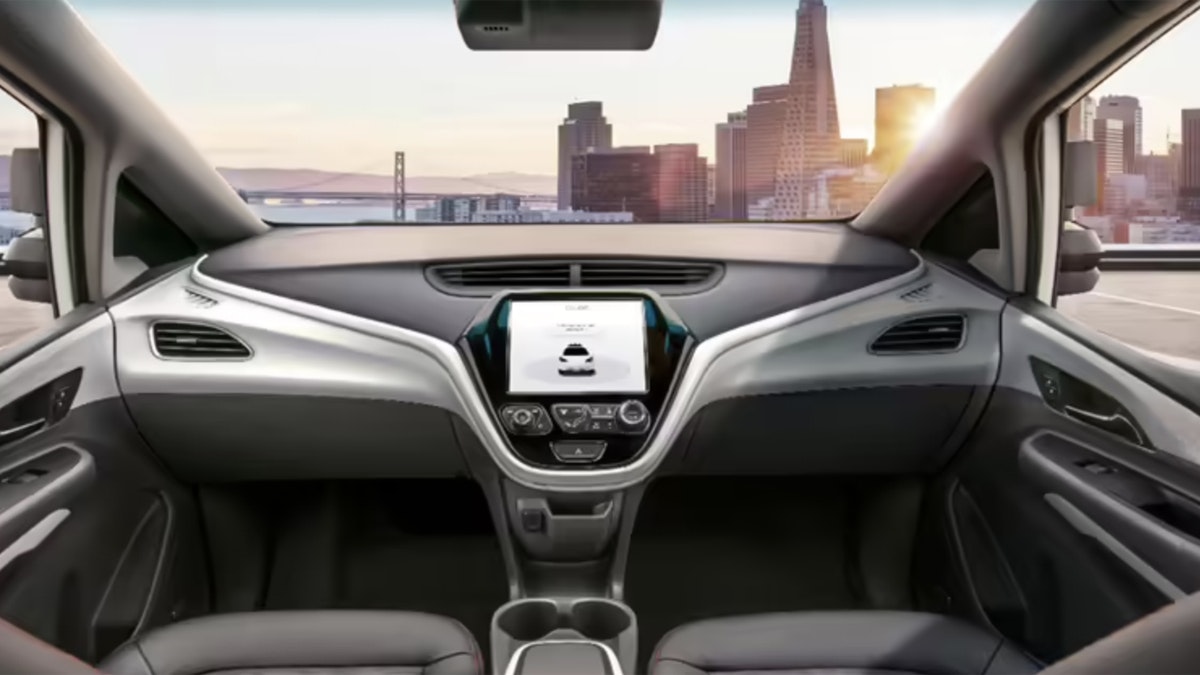The National Highway Traffic Safety Administration (NHTSA) has decided that steering wheels can go the way of the dodo bird. New finalized rules from NHTSA create occupant safety standards (aka “crash testing standards”) for vehicles without driving controls, specifically giving a pass to the requirement of having driving controls to start with.
For safety.
The catch? This rule applies to fully-autonomous vehicles–commonly called “self-driving” or “driverless” vehicles. The NHTSA made these rules to cover crash test safety requirements and standards for vehicles with no driver to ensure “the same high level of occupancy crash protection for passengers of vehicles with automated driving systems.”
The U.S. Department of Transportation has decided that manual controls in autonomous vehicles are “logically unnecessary.” Which, if you do think about it, does kinda make sense. It’s really a question of trust, though, and so far, there’s little reason to trust self-driving vehicles on public roads. Given that actual autonomous vehicles being common on public roads is a little way off, it’s probably a safe bet that these rules won’t be applied to very many vehicles in the near future. Right?
That assumption would not be entirely correct.
What’s Happening Now
Several automakers and designers have developed vehicles without manual controls already. A few have manual steering wheels and pedals that “tuck away” when the vehicle is doing its own thing, so that a human can retake control when desired. But many are dumping that idea in favor of vehicles that resemble living rooms on wheels when compared to a traditional seating layout.
The Cruise Origin, a joint design between General Motors and Cruise (an automated car developer) began low-number production for testing late last year.
Having already won approval for testing on public roads in states like California, prototypes of the Cruise Origin have been on the road for several months already. Cruise plans for the Origin to be an autonomous taxi service option.
Allowed in Wyoming
Here in Wyoming, autonomous vehicle testing is permitted statewide. The rules at Wyoming’s Department of Transportation (WyDOT) are pretty vague as to what’s required, however, referring mostly to current Wyoming state vehicle and safety driver regulations. That latter point means the vehicle must have a driver inside. That implies the ability for that driver to control the vehicle when needed. Which means steering controls. So we probably won’t be seeing any Cruise Origins here until that changes.
Those rules specifically apply to commercial vehicles, which the Cruise Origin would be considered, since it’s a taxi. But standard driving rules for public roads also apply to autonomous vehicles. And in every county I’ve checked, those rules imply a driver (defined as “person”) is behind the wheel.
Technically, an autonomous, driverless vehicle would be an unlicensed driver operating illegally. So no, you cannot put your Tesla on AutoPilot or Full Self Driving Mode and then sit in the back seat. Examples of people trying that resulted in death, by the way. So don’t take those marketing names for semi-autonomous systems seriously. But I digress.
Latibulating
Last year, a bill in Wyoming’s state legislature was introduced to add more clarity and better rules for the use of autonomous vehicles on Wyoming’s roads. It appeared and then died in committee, because politicians love to latibulate when something useful arrives on their desks. Better to run and hide than be in any way productive, they reckon.
This is a universal trait of most elected officials. The rare exception being worse, a politician with “drive”–a term often used to describe tyrants when calling them what they are could result in tax audits. (Don’t ask me how I know this.)
That bill clarified and added more stipulations for autonomous commercial vehicles operating here. But otherwise wouldn’t have changed much beyond what WyDOT and the Highway Patrol have already done.
The bill came about after several reports to the legislature showed that autonomous vehicles are a thing and are eventually coming to Wyoming, whether we like it or not. The latest of those reports, published in 2020, pointed out that Wyoming is one of only nine states with no serious autonomous vehicle rules versus thirty other states which have specific rules encouraging, but regulating autonomous vehicle use.
Cruise Origin
So far, the Cruise Origin is the only vehicle sans steering controls that is being produced. But others, including one from Amazon (via its subsidiary Zoox), are being developed. And trucking companies and startups surrounding them are working diligently to do the same for semi-trucks as well.
And these things are developing very quickly. Several automated vehicle companies, using mostly refitted current models of vehicles like Waymo’s well-known Chrysler Pacifica vans, are getting very good at human-free self-driving. Yes, it will be a while before these automated vehicles are both trusted and common. But it will be sooner than many may realize.





